Nurturing Fibres
Nurturing Fibres Eco-Fusion Speckles
Nurturing Fibres Eco-Fusion Speckles
Nurturing Fibres's Eco-Fusion is a very exciting yarn to work with and is popular with knitters and crocheters alike. It is very versatile, it can be used for everything from cardigans to blankets. This soft yarn can be worn directly against the skin.
Specifications
Yarn Composition: 50% Bamboo, 50% Cotton
Yarn Weight: Light Double Knit
Weight: 50g
Yardage: 125m (136 yards)
Recommended Hook & Needle Size: 3.25mm - 4mm / US 3 - 6
Colour Chart
https://nurturingfibres.com/yarn/eco-fusion/
Note
1. The yarns are photographed using a lighting box, but due to variations between monitors, your personal monitor settings, and minor variations even within dye lots of hand-dyed yarns, the yarn you purchase may vary slightly from the photos you see. Nurturing Fibres strives to do their best to ensure that the photos are as accurate as possible.
2. Hand-dyed yarns are ideal for big projects, but to get the best results there are a few guidelines:
a] Ensure that you purchase sufficient from a dye lot to finish your project.
b] Hand-dyed dyed skeins can have subtle variances so for any project requiring multiple skeins, so I recommend you alternate balls every few rows.
c] Alternatively, gently ease into a new skein by alternating between the ‘live’ ball and the new ball for about 3 cm. This will help the transition to not be obvious but I recommend you use the method suggested in [b].
Couldn't load pickup availability
Share
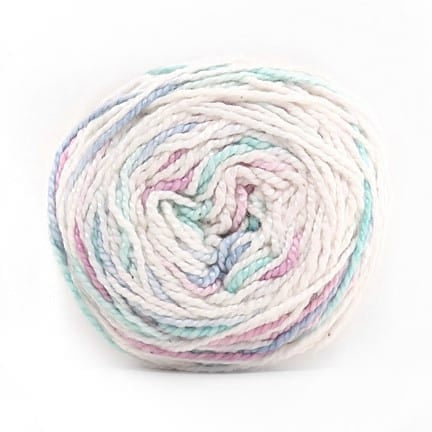
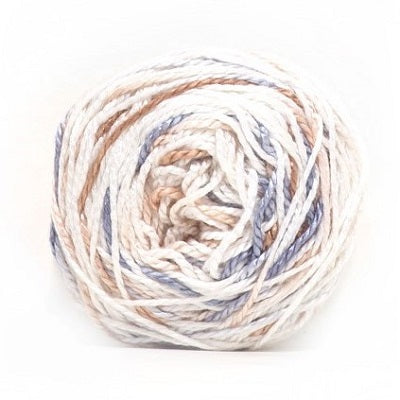
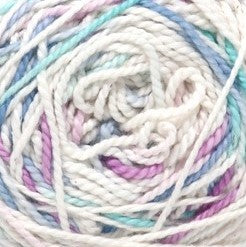
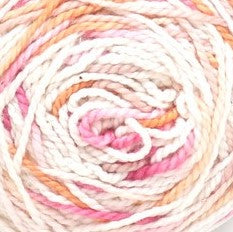
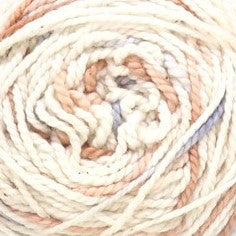
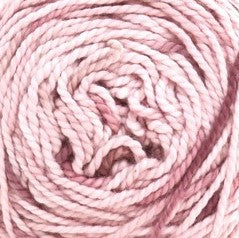
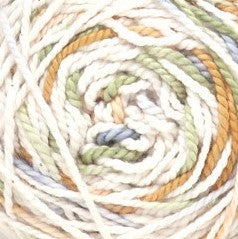
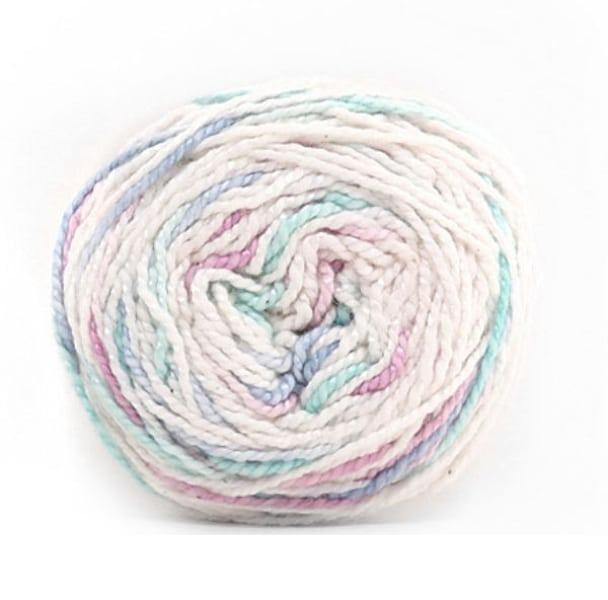
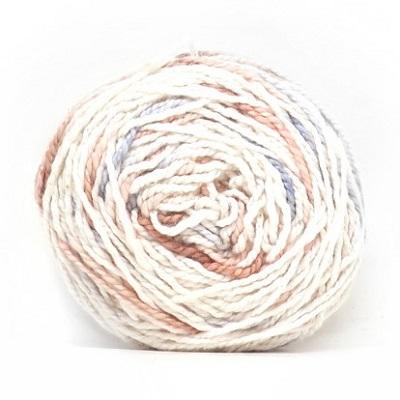
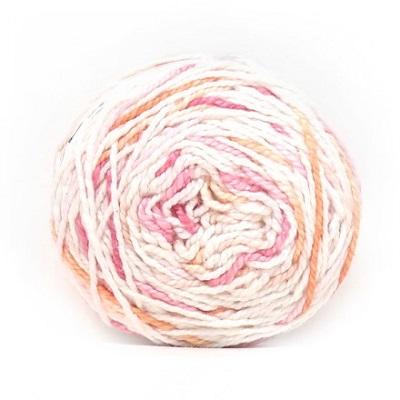
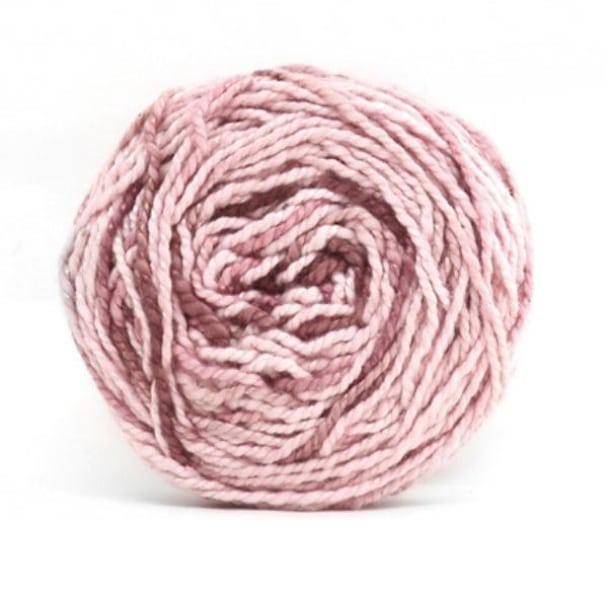
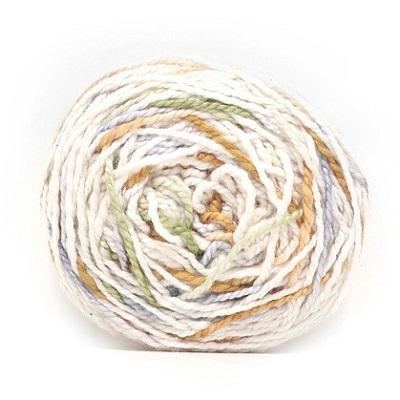
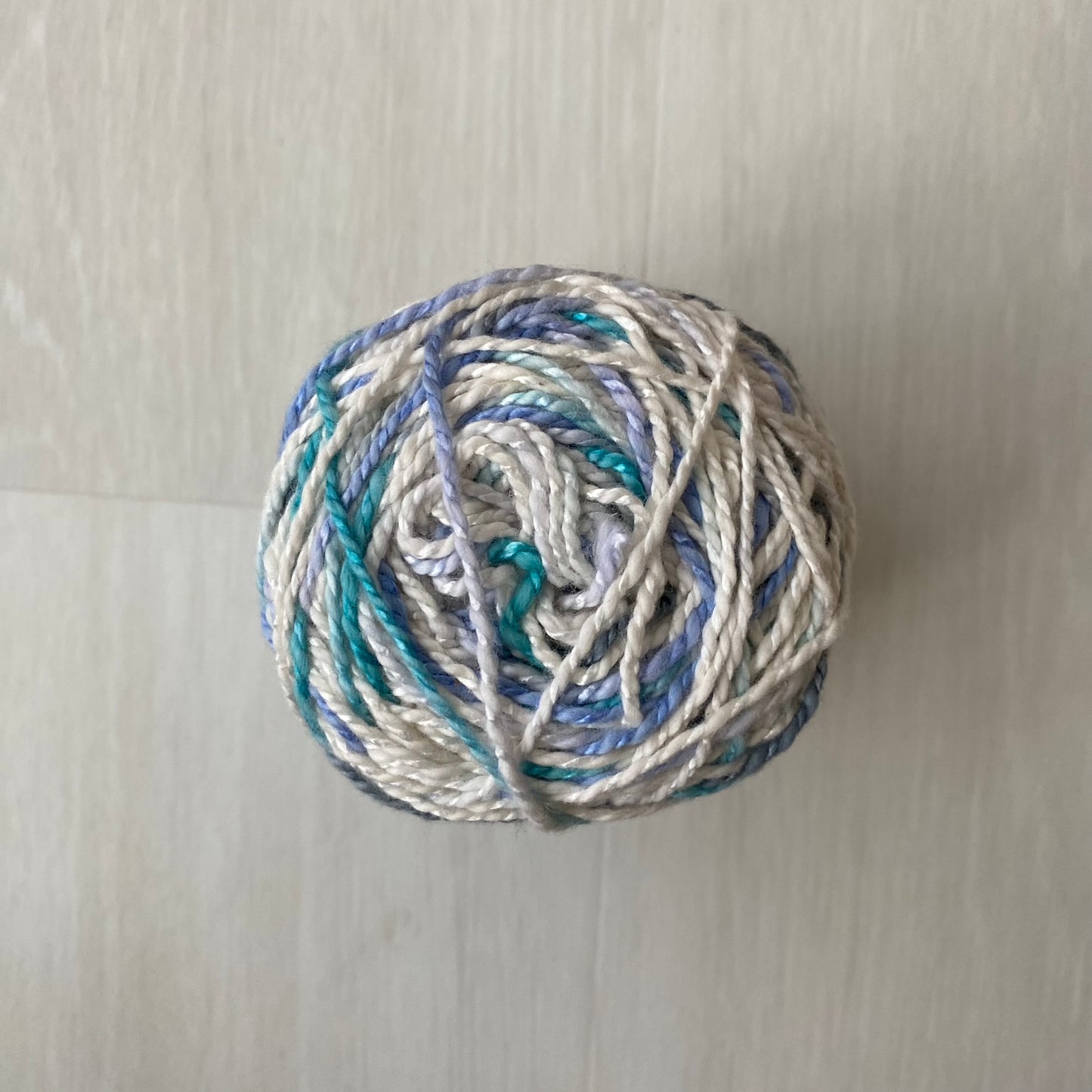
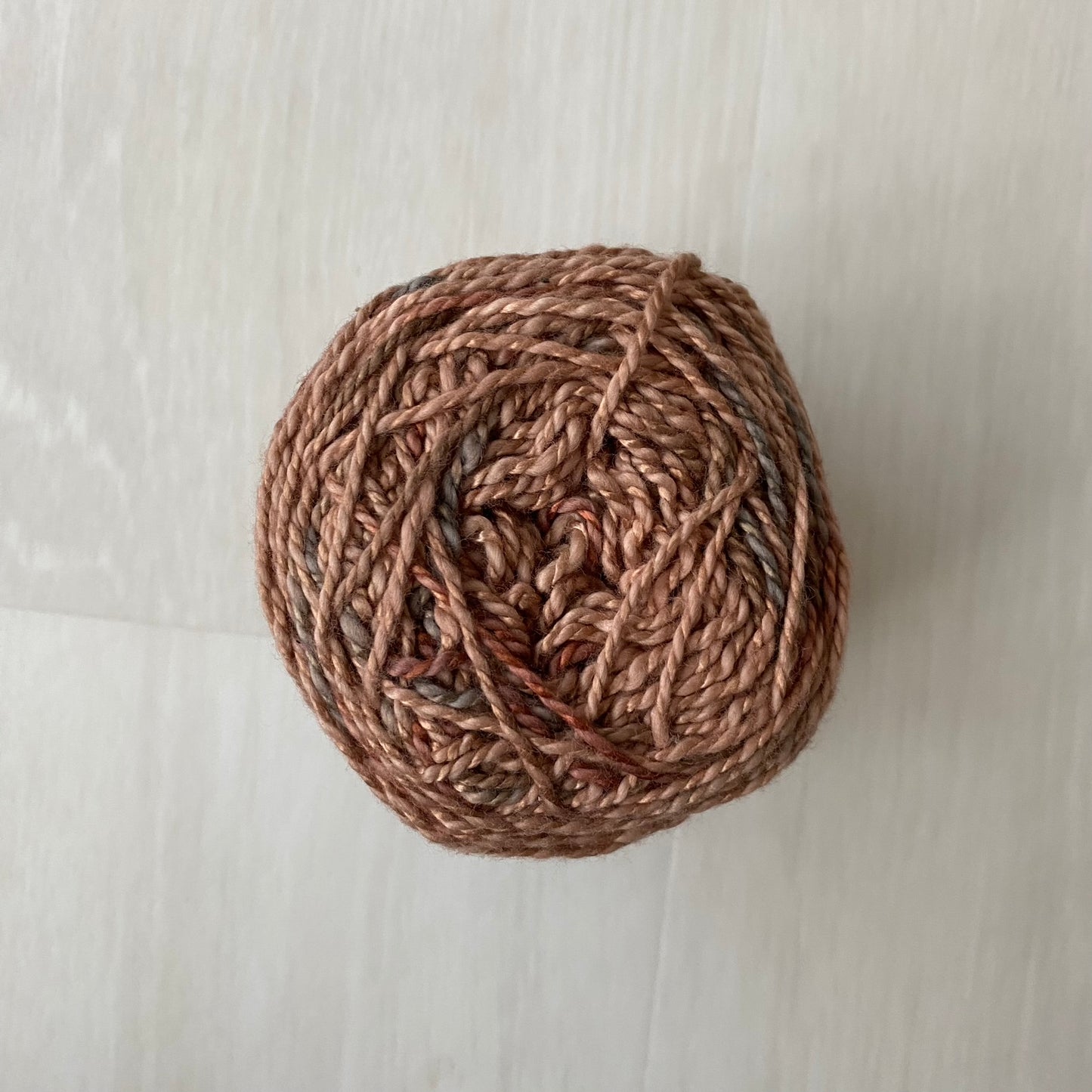
Let customers speak for us
from 114 reviewsI absolutely love the tool. It's gorgeous looking and very helpful. The tape is wider than usual ones. Doesn't get tangled
![[36634] Knitpro Mindful Teal Retractable Tape Measure](https://cdn.shopify.com/s/files/1/0030/9100/5507/products/img_20_132_measuring-tape-inside-min_70x70.jpg?v=1656598020)
Decided to check out the store while on vacation in Singapore and it did not disappoint. It was well stocked with beautiful displays and showed the diversity of quality yarns. As I’m new to crocheting, Cecilia spent over a hour patiently explaining things to me and helping me select some beautiful skeins and shawl pins. Overall, a lovely store with excellent customer service. Highly recommend and will return anytime I’m in Singapore.

Nice colour, soft, easy to knit

Honestly, it was a great experience. I would love to go again during the next holidays, so I will start saving up ;)

Such a lovely yarn to work with, and the sheen!

I am always extremely pleased using Furls Odyssey Crochet hooks as they are faultless! This one wasn’t the first purchased and I am sure it will not be the last. My parcel was delivered very fast, coming from the other half of the world ! Thank you Yarning Hearts! Good job, good job!

These organic yarn comes in pretty pastel and bright colours with a light sheen. The cottony soft and smooth texture feels comfortable against the skin. We are very happy with the buy!

Great value for the sturdy material and quantity. Comes in lovely colors too!
![[10899] Knitpro Locking Stitch Markers (pack of 30)](https://cdn.shopify.com/s/files/1/0030/9100/5507/products/Mio-Sitch-Markers-New3_70x70.jpg?v=1656585618)
Furls Odyssey hooks are terrific.
The hook I purchased from Yarning Hearts is beautiful and I was pleasantly surprised at the swiftness of its arrival.

Very soft and squishy, can imagine would be very cozy to wear next to skin. And it feels good on the hands to knit with too.

Great quality yarn, fast delivery. Perfect for my baby blanket project

Really nice colours with soft texture. Love this yarn

Handy, good design and well crafted leather. Good value for money!!











![[35006] Knitpro Natural Yarn Dispenser](https://cdn.shopify.com/s/files/1/0030/9100/5507/files/KnitproNaturalYarnDispensor-1_70x70.jpg?v=1685522378)